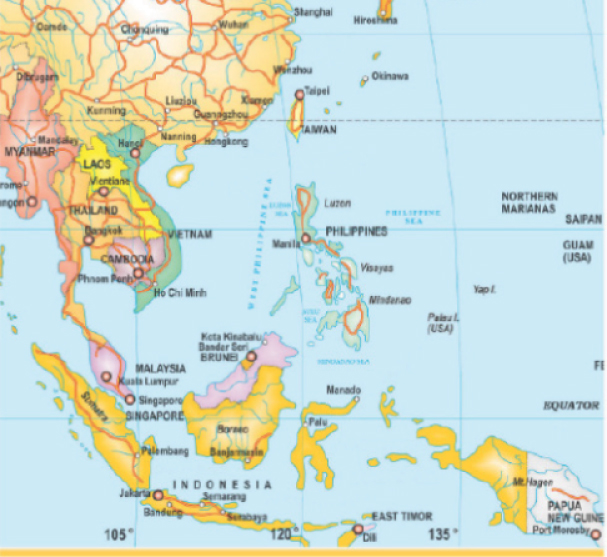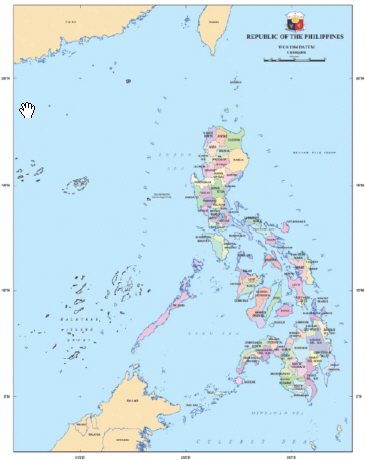In August 2001, the Philippine Stock Exchange completed its conversion to a publicly held stock corporation. As its first shareholders, each of the 184 member-brokers subscribed and fully paid for 50,000 shares. The listing of its shares on the Philippine Stock Exchange took effect in December 2003 and 40% of the unissued shares were sold through a private placement in February 2004.
As of the end of March 2018, the Philippine Stock Exchange had 267 listed companies and 132 active trading participants.
As of December 29, 2017, the Philippine Stock Exchange composite index closed at 8,558.4 compared to a close of 6,840.6 on December 30, 2016, 6,952.1 on December 29, 2015, 7,230.57 on December 29, 2014, 5,889.83 on December 27, 2013 and 5,812.7 on December 28, 2012. As of October 25, 2018, the Philippine Stock Exchange composite index closed at 6,966.84 compared to a close of 8,558.4 on December 29, 2017.
In 2017, the average Philippine Stock Exchange composite index was 7,850.50, compared to the average index level of 7,284.49 in 2016, 7,432.61 in 2015, 6,793.32 in 2014 and 6,471.28 in 2013.
In addition to the Philippine Stock Exchange, the Philippine Dealing and Exchange Corporation (“PDEX”), which deals mainly with trading of foreign exchange and fixed-income securities, was granted self-regulatory organization status by the Philippine SEC in 2006. The PDEX registered a trading volume of ₱2,286 billion of both government and corporate securities in the first nine months of 2017, a decrease of 11.5% from the ₱2,584 billion registered during the same period in 2016.
In May 2013, plans of a merger between the Philippine Stock Exchange and PDS Holdings, Corp., the holding company that owns the PDEX, were announced. The aim of the merger is to create a consolidated equity and bond trading platform. As of the end of 2017, the merger structure is currently under review by the Philippine SEC.
Government Securities Market
The Bureau of the Treasury currently conducts weekly public offerings of treasury bills with maturities of 91 days, 182 days and 364 days, as well as treasury bonds with maturities ranging from two years to 28.5 years.
As of December 31, 2013, outstanding Government securities amounted to ₱3.8 trillion, 51.4% of which were issuances of treasury bills and FXTBs. The remaining issuances of Government securities consisted of RTBs, progress bonds, foreign exchange promissory notes, zero coupon treasury bonds, multicurrency RTBs and Government-guaranteed debt, among others.
As of December 31, 2014, outstanding Government securities amounted to ₱3.8 trillion, 53.8% of which were issuances of treasury bills and FXTBs. The remaining issuances of Government securities consisted of RTBs, progress bonds, foreign exchange promissory notes, zero coupon treasury bonds, multicurrency RTBs and Government-guaranteed debt, among others.
As of December 31, 2015, outstanding Government securities amounted to ₱3.9 trillion, 51.5% of which were issuances of treasury bills and FXTBs. The remaining issuances of Government securities consisted of RTBs, progress bonds, foreign exchange promissory notes, zero coupon treasury bonds, multicurrency RTBs and Government-guaranteed debt, among others.
As of December 31, 2016, outstanding Government securities amounted to ₱3.9 trillion, 54.0% of which were issuances of treasury bills and FXTBs. The remaining issuances of Government securities consisted of RTBs, progress bonds, foreign exchange promissory notes and Government-guaranteed debt, among others.
As of December 31, 2017, outstanding Government securities amounted to ₱4.4 trillion, 50.2% of which were issuances of treasury bills and FXTBs. The remaining issuances of Government securities consisted of RTBs, progress bonds, foreign exchange promissory notes and Government-guaranteed debt, among others.
D-126

